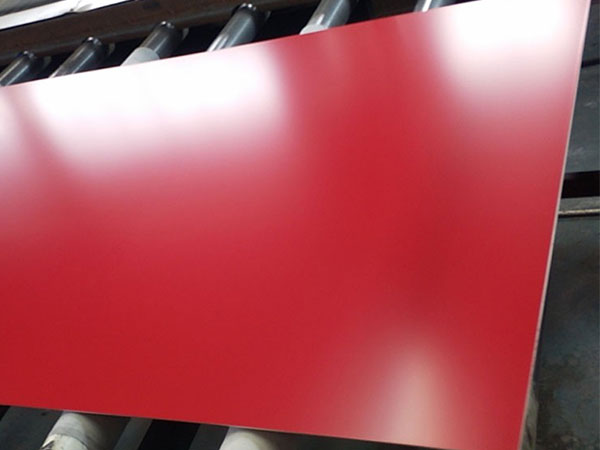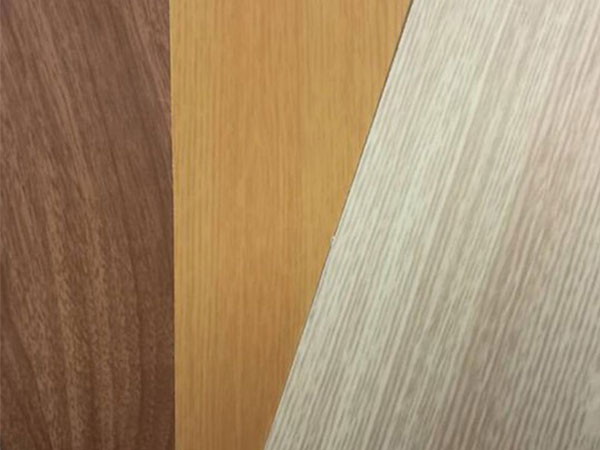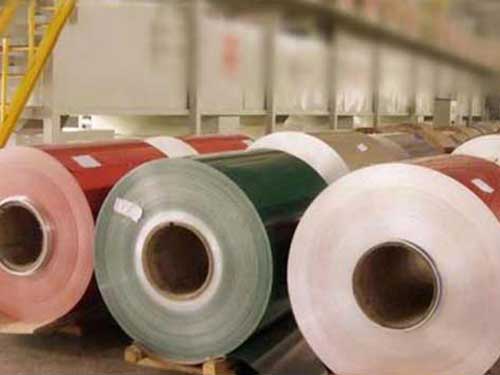1050 1060 1100 3003 H0 H14 H24 H26 color coated Aluminium Coil
In the realm of aluminum alloys, the varieties inter related to their chemical compositions and tempering states showcase remarkable versatility. Here, we bloom a garden filled with essentials, the nature and applications of 1050, 1060, 1100, and 3003 alloys, specifically in the context of H0, H14, H24, and H26 tempers. Deepened by the vibrant hues of color coating, these aluminum coils embody both functional and aesthetic appeal.
the Alloys
Before delving into the tempers, it’s vital to grasp the elemental essence of each alloy:
- 1050 Aluminum Alloy: Remarkably pure at 99.5% minimum aluminum content, the 1050 alloy excels in high corrosion resistance and reflects performance in electrical applications, food handling, and chemical environments.
- 1060 Aluminum Alloy: Slightly more potent at a purity of more than 99.6% aluminum, 1060 appears favored where operations require superb workability; it also showcases excellent formability and corrosion resistance.
- 1100 Aluminum Alloy: With a minimum of 99.0% aluminum, it is tough yet malleable, perfect for areas demanding good atmospheric resistance, thermal conductivity, and weldability. Consequently, this alloy finds its home in specific applications like cooking utensils and heat exchangers.
- 3003 Aluminum Alloy: Meaningfully containing 1.2%-1.5% manganese, the 3003 alloy merges superb welding characteristics with hardiness, ideally suited for commercial applications like storage tanks and cooking equipment.
When encompassing temper designs, different H temper specifications usher materials into specific toughness or malleability realms.
H0: Known as “annealed condition,” it signifies as-received aluminum which hasn't undergone any special mechanical treatments. While sections in H0 show ductile characteristics, they also offer maximum formability, thus, applicable in general-purpose requirements.
H14: This temper represents an intermediate strain-hardened condition combined with full annealing. With a balance of preliminarily imposed cold work and extensive flexibility, H14 products endure applications seeing structural depth yet analyzing aesthetic integration, like decorative surfaces.
H24: One step bolder than H14, H24 involves full annealing followed by a cold working process to yield more substantial material strengths. General use contexts of H24 aluminum coils often pivot around lighter goods requiring gradual resistiveness and engagement even under adverse conditions.
H26: With its higher notch-hardened state, the H26 temper finds its niche in positions requiring greater resistance and stability, resulting from a meticulously choreographed balance between hardening and mechanical processes.
Color Coating: Marrying Function and Aesthetics
No exploration into color-coated aluminum coils could remain complete without heralding the physical transformations brought through coating. Various processes like powder coating or anodizing can finish these already diverse alloys to deliver colorful surfaces, bolstering both durability and vibrant aesthetics.
The benefit of color-coated coatings goes further than appearances. They not only curb environmental degradation but also provide additional moisture, corrosion, and scratch resistance. Practical applications echo how color-coated aluminum coils are ideal for architectural embellishments, roller shutter access, and easy-to-clean surfaces within consumer household items.
Practical Applications and Considerations
When choosing between the 1050, 1060, 1100, and 3003 alloys with their corresponding tempers, aspects such as mechanical behavior, environmental exposure, and desired aesthetic must dovetail expertly. For example:
- Architects favor 3003 H26 for mandating severe strength standards.
- Food, chemical, or working environments salute 1060 H14, cherishing its adaptability and ease.
https://www.al-alloy.com/a/1050-1060-1100-3003-h0-h14-h24-h26-color-coated-aluminium-coil.html







